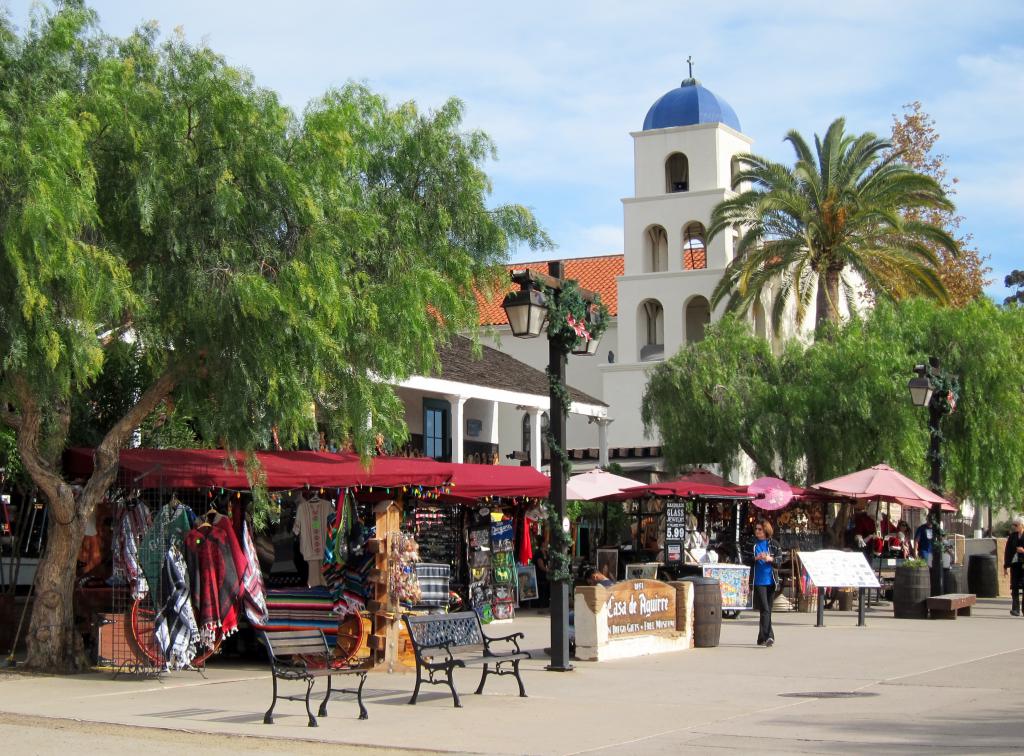



Many visitors were admiring all those special touches one last time - splatters of resin as fish slime, and rusty knives and cleavers in the fish canning display the smell of creosote around the docks of the Discovery the wood block pavers on the streets of Old Town the subtle sound of chickens on the early homestead and hammer-on-anvil in the blacksmith shop and Charlie Chaplin films in the Majestic Theatre. “There are displays where you can really see, smell and touch.” “The thing I always liked about this - and my kids now, too - is the museum’s not about screens or what’s in glass boxes,” said Brown. “I can see why they want to incorporate a better perspective, but this is a part of history and it will be a shame to lose it,” said Brown, who likened Old Town and other parts of the Becoming B.C.

The boys were looking for flakes of gold, digging their hands in the water and sand in the hope of finding a treasure.īrown, 39, remembers doing the same when his dad brought him to the museum at about the same age. Tim Brown was playing with his two sons, ages two and four, at the Gold Rush waterwheel. Many people visiting the museum this past week agreed the displays should be presented within an updated context, but disagreed with dismantling them during the long consultation period. The closing could last up to five years as the museum goes through extensive consultations with under-represented groups who have contributed to the province, such as those of Chinese, South Asian and African descent, as well as the Jewish community. George Vancouver’s ship Discovery - will disappear after more than 50 years.Įlements of those displays could eventually return in a new form as the museum develops a “new narrative.” Gallery, chronicling early European settler history - including the Old Town replica, displays on the logging, fishery and mining industries and Capt. 31, in what it calls a “decolonization” of exhibits in a step toward eliminating racism and the start of reconciliation with Indigenous peoples.Įxhibits in the Becoming B.C. The museum will close the entire third floor, which also includes the First Peoples Gallery, on Dec. It’s a teachable moment - and one that will soon be lost as the museum begins an overhaul in how it presents early pioneers in the province. She turns to her mom, asking: “Where’s the microwave?” Museum, a little girl is peering into the pioneer kitchen display, wide-eyed at the pies in a one-ton iron stove from the 1800s. In the Old Town exhibit at the Royal B.C.


 0 kommentar(er)
0 kommentar(er)
